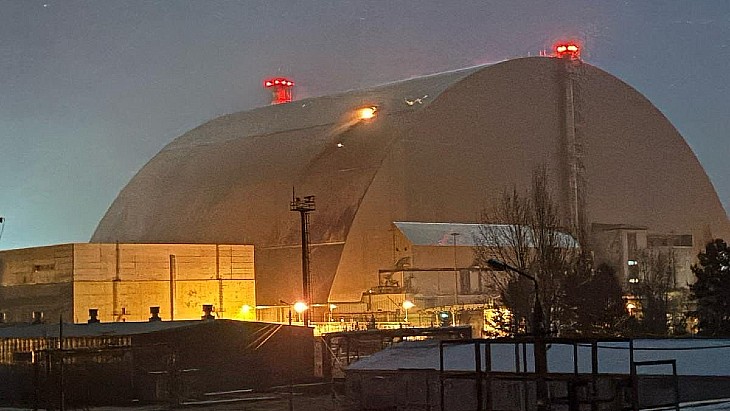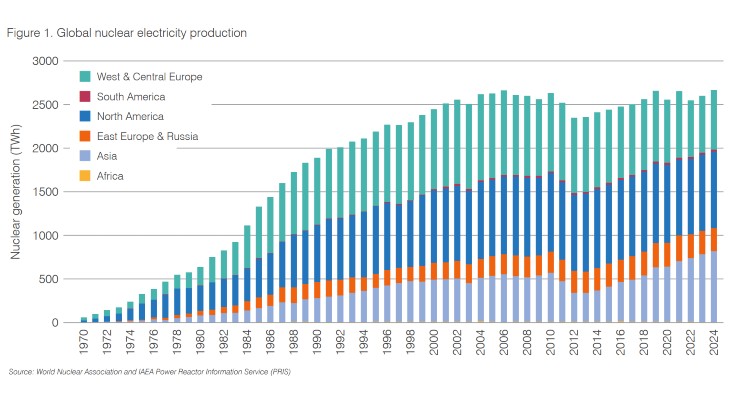ORIGINALLY PUBLISHED: 11.38am GMT
CORRECTION: 1.16pm GMT Correct number and size of holes. Clarity on hydrogen production
CLARIFICATION: 8.15pm GMT Removing the word 'vent' to avoid confusion with reactor vessel venting
Recent work at Fukushima Daiichi has included making holes to allow hydrogen to disspate from fuel ponds at units 5 and 6, while unit 3's fuel pond is said to have stabilised.
An announcement of stability at unit 3's pond came from chief cabinet secretary Yukiyo Edano. This follows the deployment of Hyper Rescue, a truck featuring a 22 metre arm that pumps some 3000 litres of water per minute, in combination with Super Pump Truck. Together the machines sprayed seawater through the holes left in the sides of the reactor building.
Police riot trucks and army fire engines had already been working on the job. Helicopters were tried two days ago, but this approach was not effective.
Edano made clear that unit 3 remains a concern and that spraying may continue.
Units 5 and 6
Elsewhere on site, two diesel generators at unit 6 are now providing power to units 5 and 6 to circulate water in the fuel ponds.
Engineers have also brought back the residual heat removal system of unit 5 allowing heat from its fuel pond to be removed to the sea, which is the ultimate source of cooling for any thermal power plant on the coast. The temperatures at units 5 and 6 are understood to be reducing from 60ºC at the start of the day.
Holes have been bored through the roofs of reactor buildings 5 and 6 in an 11-hour operation to ensure that hydrogen can disspate naturally. Each unit has three holes measuring seven centimetres. Tokyo Electric Power Company did not say that hydrogen was being produced, but that the move to bore holes was a precaution.
Researched and written
by World Nuclear News












